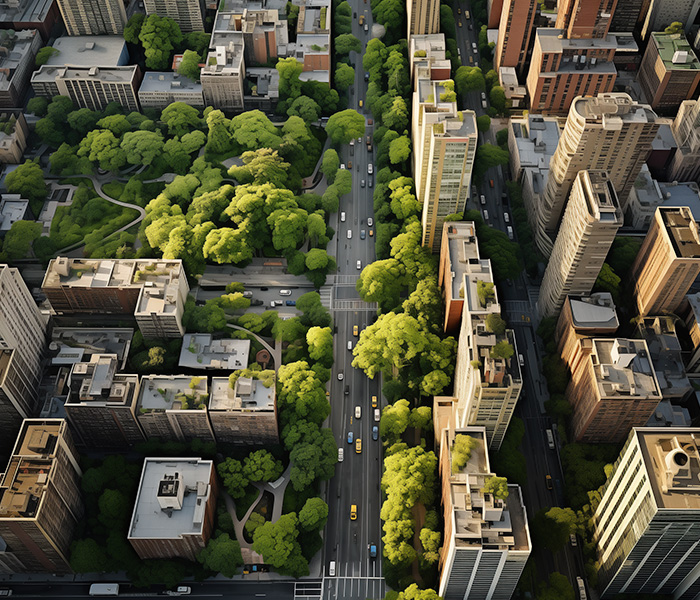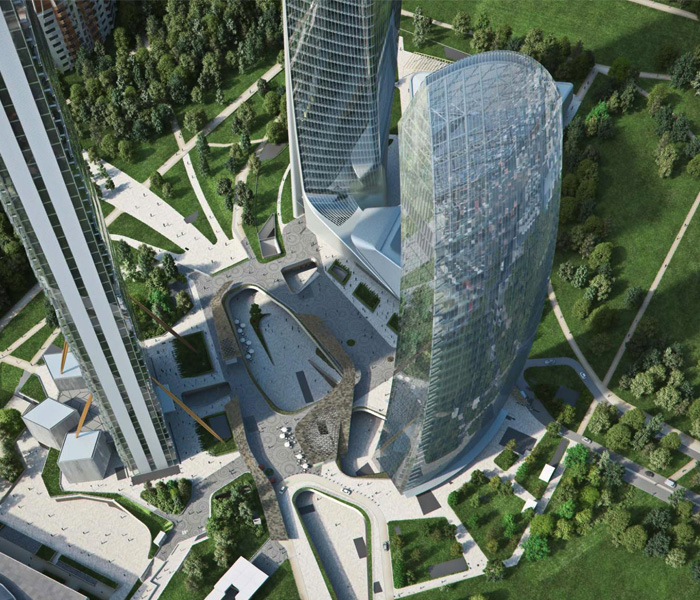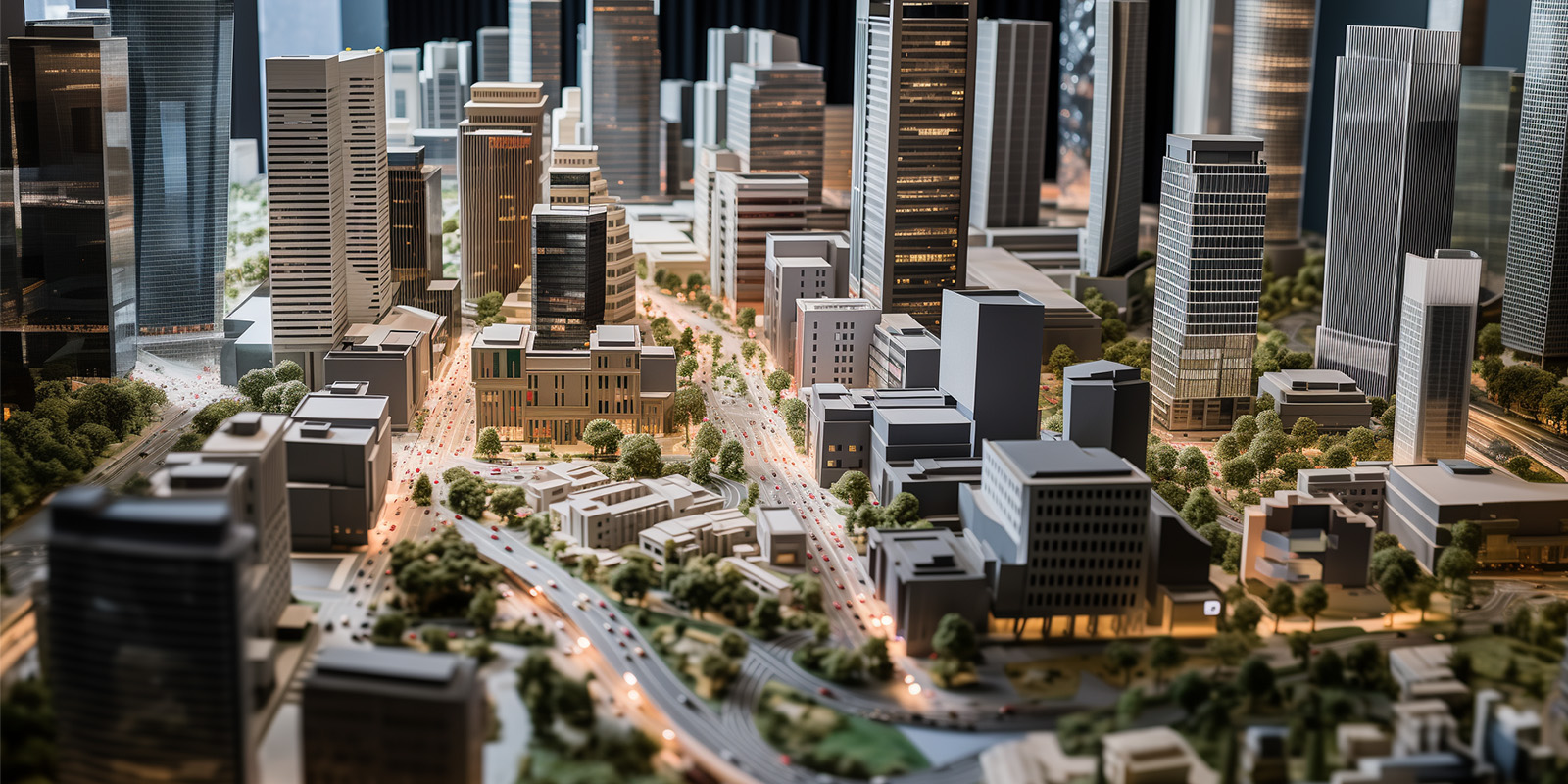The concept of “urban redevelopment” has its roots in the need to address the challenges associated with the growth and development of cities, with the aim of creating healthier, more sustainable, and socially inclusive urban environments.
Indeed, urban redevelopment is defined as the process aimed at improving and transforming urban spaces to make cities more efficient, sustainable, aesthetically pleasing, and functional.
Importance and impact of urban redevelopment.
This concept is based on the idea of improving the quality of life for urban residents, reducing insecurity, promoting environmental sustainability, and preserving cultural heritage. In this article, we will explore this fascinating and complex topic, focusing on the importance of urban sustainability in this context of continuous change and progress.
The evolution of urban spaces throughout history.
Social and cultural dynamics constantly influence the shape and functions of the city, leading to its continuous reshaping.
“Redevelopment,” intrinsic to the word “development,” implies an improvement and restoration of urban spaces considered obsolete or degraded.
While this practice has always existed, it gained particular relevance in the last century, with challenges related to demographic expansion, infrastructure obsolescence, and the need for more sustainable environments.
Finally, in the last decades of the 20th century, industrial cities grappled with “urban voids” left by 19th and early 20th-century industries.
These voids, resulting from changes in production and economic structure, posed challenges to urban planners and designers.

In this context, urban redevelopment is not only a response to the physical needs of the city but also a strategy for sustainable urban development, in which sustainable urban planning plays a crucial role. The transformation of “urban voids” into green areas and pedestrian zones reflects the importance of architecture in promoting a balanced urban environment.
Let’s look at two emblematic examples of renewal, sustainability, and social interaction: the High Line in New York and the Citylife District in Milan.

Iconic urban redevelopment projects: the High Line in New York
The renowned High Line in New York, an elevated pedestrian walkway in the heart of Manhattan, stands as a prime example of successful urban redevelopment.
Winding through the heart of Manhattan for over 2 kilometers, from the captivating Meatpacking District to 34th Street, the High Line is immersed in the city’s bustling atmosphere.
What makes this elevated park so special?
Its history dates to the roots of the Great Depression of the 1930s when it was built for freight transportation. However, the decline of the manufacturing industry led to its abandonment in 1980.
It was only in the late 1990s that a group of visionary citizens, driven by a passion for urban revitalization, launched the ambitious High Line project. Landscape architects like James Corner and the acclaimed studio Diller Scofidio + Renfro embraced the idea, transforming a disused infrastructure into a vibrant urban oasis.
The year 2009 marked the official opening of the High Line to the public, heralding an unprecedented revival of the surrounding area. The original railway tracks were skillfully integrated into the design, creating a blend of past and present. The park has become a green refuge, with meticulously curated gardens, artistic installations, and recreational spaces that invite visitors to immerse themselves in a unique experience.
The High Line is not just an aesthetic success; it has also sparked economic revitalization, attracting new commercial, residential, and cultural activities. Its positive impact on the urban environment demonstrates how redevelopment can transform not only physical spaces but also the life and vitality of a community.
In conclusion, the High Line in New York stands as a shining example of how vision and commitment can turn urban blight into beauty, sustainability, and community.

Citylife District in Milan: a model of sustainability and innovation
The centrality of green spaces and sustainable mobility is a dominant theme in modern urban redevelopment, and the Citylife district in Milan is a prime example.
CityLife rises from the ashes of a disused industrial area, with the goal of transforming an industrial past into a sustainable and modern future. Initiated in the early 2000s, this project is the result of a collaboration among renowned architects and urban planners, including Zaha Hadid, Arata Isozaki, and Daniel Libeskind.
What makes CityLife unique is its integrated approach to urban life. The project spans over a vast area of 366,000 square meters and hosts a combination of residences, offices, commercial spaces, and green areas. One of the key elements is the fusion of contemporary design and environmental sustainability, with LEED-certified buildings embracing innovative solutions to reduce environmental impact.
The presence of extensive green spaces is a distinctive feature of CityLife, with over 160,000 square meters of parks and public gardens. These spaces offer a refuge from urban hustle, promoting an active and healthy lifestyle. Citizens can enjoy pedestrian paths, children’s play areas, and spaces for cultural events, contributing to the creation of a vibrant and cohesive community.
CityLife is not just a real estate development project but a bold vision of how cities can evolve to meet modern needs without compromising the quality of life. This district represents a symbol of renewal, sustainability, and conviviality, demonstrating that Milan looks to the future with a unique combination of style and environmental responsibility.

